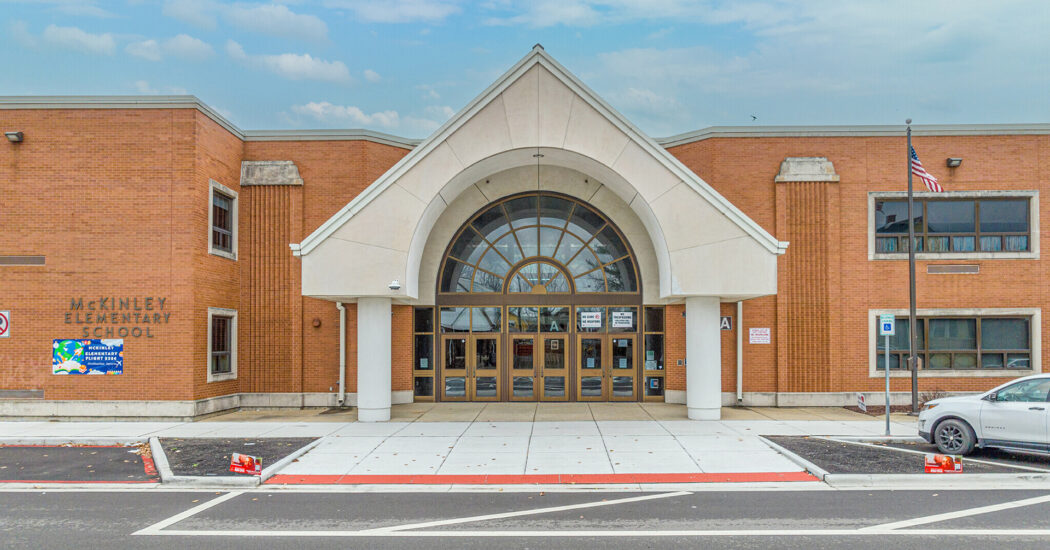What are Net Zero Energy Buildings? (and Why Should you Care?)
-
Category
Studio-Workplace, Innovation -
Posted By
Eric Broemel -
Posted On
Jun 10, 2015
The term ‘Net Zero Energy’ is gaining in popularity. But what does it mean? According to the National Renewable Energy Laboratory (NREL), the most common definition is ‘a building that produces at least as much renewable energy as it uses in a year.’
Why is this important? From 2001 to 2011 the average price of electricity in the US (cents/kWh) went from $7.29 to $9.90 (36% increase). As electricity prices rise, operational costs of facilities rise! Furthermore, as we use fossil fuel sources, the impact on the environment increases. Striving towards Net Zero Energy will help reduce the use of fossil fuel energy.
Organizations such as the US Department of Energy, ASHRAE, AIA, and USGBC are endorsing a zero net energy commercial building initiative. The goal will be for zero fossil fuel energy use for all new federal government buildings by 2030. It also includes a target of net zero energy on the following:
- 100% of new commercial buildings by 2030
- 50% of existing commercial buildings by 2040
- 100% of existing commercial buildings by 2050
So how do you get there?
Think high efficiency first.
- Work to keep energy demand as low as possible.
- Maximize synergistic qualities; efficiency returns may be higher for strategies used in concert with others versus separately.
- Capitalize on features that reflect corporate values, insuring that features are not easily cut from a construction budget or abandoned in the court of public opinion.
If you are looking to do a building project, call us. We can talk you through your energy optimization options.







